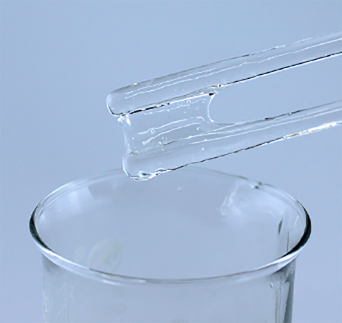
Awst . 28, 2024 01:03 Back to list
HPMC - Hydroxypropyl Methylcellulose | High-Quality HPMC Products
HPMC stands for Hydroxypropyl Methylcellulose, a versatile chemical compound that plays a significant role across various industries, particularly in food, pharmaceuticals, construction, and cosmetics. This cellulose derivative is derived from natural cellulose, which is obtained from plant cell walls. The modification process involves treating cellulose with propylene oxide and methyl chloride, resulting in a compound with unique properties that enhance its functionality in multiple applications.
In the food industry, HPMC is primarily used as a food additive and thickening agent. It acts as a stabilizer, emulsifier, and texturizer, improving the quality and consistency of food products. HPMC is particularly valuable in gluten-free baking, where it helps mimic the texture and structure of gluten, providing bread and baked goods with better elasticity and chewiness. Additionally, it is used in sauces, dressings, and dairy products to enhance viscosity and prevent separation.
.
In the construction industry, HPMC is used as a thickening agent in cement-based products. It improves workability and enhances adhesion, making it easier to apply materials like tile adhesive, plaster, and mortar. By increasing water retention, HPMC helps prevent cracking and enhances the overall durability of construction materials. Its ability to control the rheology of mixtures is crucial for achieving optimal performance in construction applications.
hpmc stands for

The cosmetic and personal care industries also benefit from HPMC due to its thickening and stabilizing properties. It is commonly found in products such as shampoos, lotions, and creams, where it helps improve texture and provides a pleasant feel during application. HPMC can also serve as a film-forming agent, helping cosmetics adhere better to the skin or hair while offering a smooth finish.
Furthermore, HPMC is prized for its environmentally friendly characteristics. As a cellulose derivative, it is biodegradable and considered safe for both human health and the environment. This aligns with the growing trend towards sustainability in various industries, where consumers and manufacturers alike seek eco-friendly alternatives to synthetic materials.
In conclusion, HPMC is a crucial compound that has established itself across diverse sectors due to its unique properties and functionalities. From enhancing food products to improving pharmaceutical formulations, HPMC’s versatility continues to make it an indispensable ingredient in modern industry. Its natural origins, coupled with its effectiveness, position HPMC as a favorable choice for manufacturers striving for quality and sustainability in their offerings. As research continues to unveil new applications and benefits, the future of HPMC remains bright, promising further innovations in the years to come.
-
Why HPMC is a Key Additive in Wall Putty Formulations
NewsAug.05,2025
-
Redispersible Powder in Decorative Renders: Function Meets Finish
NewsAug.05,2025
-
Redispersible Powder for Interior Wall Putty: Smooth Results Every Time
NewsAug.05,2025
-
HPMC’s Water Retention Capacity in Dry Mortar Applications
NewsAug.05,2025
-
HPMC Factory Contributions to Liquid Detergents
NewsAug.05,2025
-
How HPMC Factory Products Change Detergent Textures
NewsAug.05,2025







